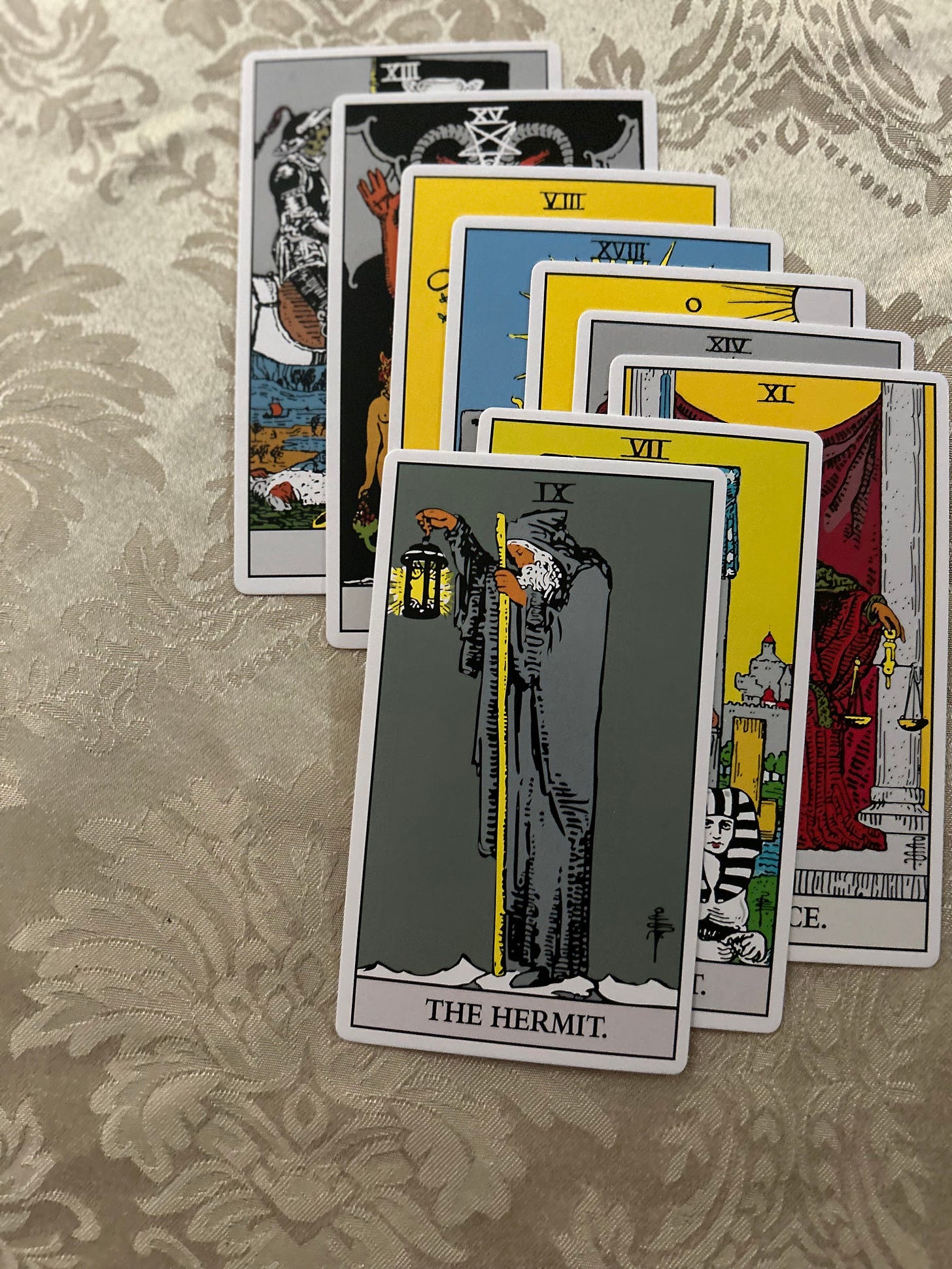Hermit – IX
For @pkrugman.bsky.social, who decided to leave the New York Times rather than have his opinion molded into the editor’s whim.1
Never eschew why
Even Contaminates on overspheric moves interweaving calamities
Gone entrances oligarchy graphic rap aloud pale histographic youthfulness
There is nothing so cruel and heartless as a mystery that lives in plain sight, he thought. Because in his chosen field the idea of agriculture and manufacturing is seen everywhere except in the cold equations. It seemed, as he leaned on the long thin bench which separated the lecture where from the students in the college classroom, that there was another invisible bench. Because as he lectured to the students as to what was known by the professors he felt the invisible bench of what was unknown to almost everyone.
In this case, why did the manufacturing centers grow close to each other while the agrarian hinterland produced so little and spread out over the earth? Trade economics blitheringly attended to ignore that which real manufacturing was obsessed with: where to put the industry to most effectively utilize each square foot because each put was a wheel that turned over and over again.
But he heard footsteps behind him and he turned.
He could see the sharp face of a man who had already made his bones in the field and he felt almost a sense of mocking. Not because the old man was brighter than he was but because he was less bright but was better known. It was Arrow's paradox in action.
But the sharp-faced man looked at the equations scribbled on the blackboard and knew that the younger man was again aiming for a new economic geography.
The sharp-faced man commented: “Why do you run in circles on this geographic effect?”
He turned back to the blackboard and to his colleague. “Because the world in theory is a series of points, while the world in practice is a very different beast. And I feel that the interface tween the two does not capture certain pecuniary features which makes the rich become even richer while the poor have no place to start.”
“Don’t you think that that is more directed towards policy and persuasions of the leaders to scratch the backs of the owners?”
“I don’t suggest that policy preferences are not responsible for much of what we see, after all as a student I learned a great deal from Portugal and the Folies Bergère.”
“That is what I have often talked that for corruption it is always the Belle Époque in commotion.”
“Yes, but even with the high corruption, I think there is a geographic model that captures something that is not in the textbooks.”
“Even with the bear on the side of favoring the few who stand loyal to economic causes?”
The young man turned back and thought: “Even my colleagues do not see that there is a C-note lying on the ground.” But he knew that he could not quite reach it. And he knew that someone would eventually.
-
A staff that holds the left hand plowing in two the dirt while the right hand this up a blackened lantern that shines only a little bit from the candle that is inside. That is what it felt like as he erased bits of graphite with a red eraser. He wedged up at the modern desk with a gray sweater that placed itself between him and the caning on the back of the chair. Neither the sweater, the desk, or the chair had been his choice but he had an idea and so placed down a notebook and pencils and began to scribble out a dimensionless idea on how an economy would divide itself into industrial areas and the far agrarian hinterland which produced so little value and took up so much space.
Some decade before he had charged up the hill of this quandary, but it eluded him how he would go from a simple model with peasants and workers to something which was more universal. That would be the start of a new birth of freedom.
And then he thought: the key to any field is to begin at the beginning, but no more so. The first thing, he realized almost from the beginning, was that the workers could move but the agrarian laborers were fixed in a cycle which never repeated. Space was the key and that was absent from almost all of the theoretical knowledge which they imparted to their students and which he realized they were imparting to themselves with every lecture.
And so he could draw a small area for the industry, to utilize the space efficiently and another for the agrarian produce which needed space to grow. Economic efficiency was about using people and machines, while agrarian efficiency was about using plants and harvesters. And then he drew and then wrote down the first equation which was the difference between workers and peasants.
He realized that he was a worker because he had journeyed over the earth to find problems that mesmerized his mind. One that held such promise was that the world was a sphere, and the people in it moved to the sound of a historic vein.
It was only then that he leaned back and saw the cold equations in a different light. Not the death of knowledge but the rebirth of exploration.
The paper that was most useful was https://pr.princeton.edu/pictures/g-k/krugman/krugman-increasing_returns_1991.pdf




